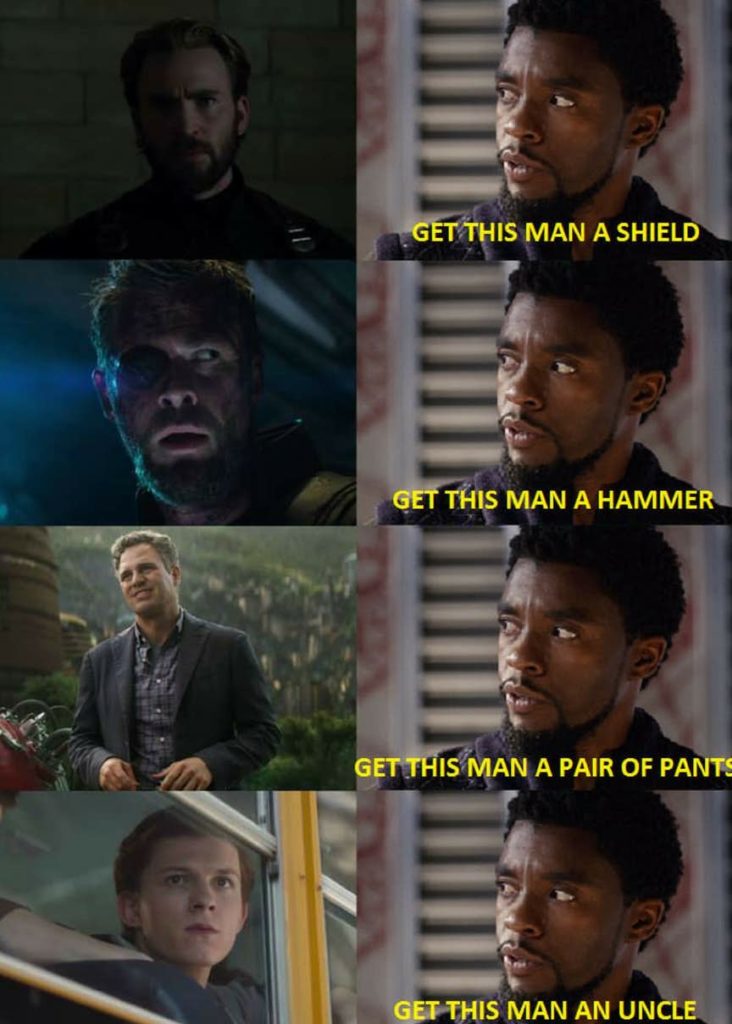Project Updates
TERMINAL UPRISING is sitting with my editor. My agent called yesterday to share a few comments on the manuscript. Overall, he thought it was a good book, and a strong follow-up to TERMINAL ALLIANCE.
I am always happy when I have so few notes on a manuscript that it’s almost like I’m reading it for pleasure. Like with this one. https://t.co/s3ifvRCSgZ
— Joshua Bilmes (@jabbermaster) May 1, 2018
#
After spending a year on that book, I needed a break. So for the past week, I’ve been planning out a completely different project, something unrelated to any of my current series. The next Janitors book will be my priority, since that’s under contract and I don’t want to leave people with 2/3 of a trilogy, but I’m really excited about this new thing.
I normally start with a rough outline, then leap into the first draft. This inevitably leads to the discovery that my outline is broken. It’s not until after the first or second draft that I start to pull everything together and figure out how the book is going to work.
This time, I tried something different. I wrote the rough outline, but then tried writing what I called Draft Zero. It’s somewhere between an outline and a proper draft. It’s broken into chapters and scenes, but each scene is very sparse, between 50 and 500 words.
As always, I discovered problems with the outline. But I’ve been able to find and fix a lot of them in Draft Zero. It’s possible (probable) (inevitable) that I’ll hit additional potholes as I start writing Draft One, but I’m hoping there will be fewer, and I’ll be able to finish this project more quickly.
#
For now, though, I need to turn my attention back to Janitors of the Post-Apocalypse III. I planted plot seeds in the last chapter of TERMINAL UPRISING, and it’s time to start thinking about how the heck I’m going to turn those seeds into a story.
I’m also expecting to hear back from my editor soon, at which point I’ll need to dive in on final revisions to TERMINAL UPRISING. I’m actually looking forward to that. This feels like part of the payoff for the past year’s work — I have a book that, hey, I think is pretty good! And now I get to go through with advice from very smart professionals to make it even better!
(Also, I get to see cover art. Will share as soon as I can, but Dan Dos Santos has once again done a lovely job.)
#
So that’s one book to revise and two more to write. Along with three pitches my agent sent out for Potentially Fun Thing that may or may not happen.
That should be enough to keep me busy and out of trouble…mostly…for at least the next year.






